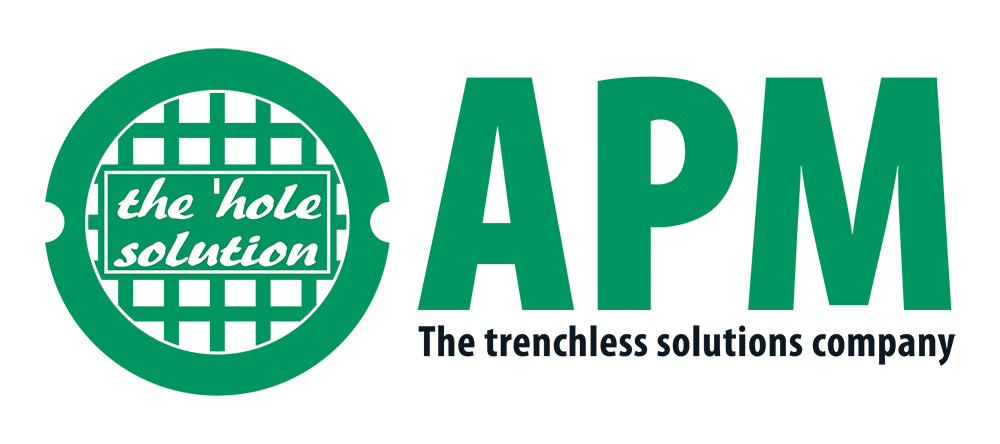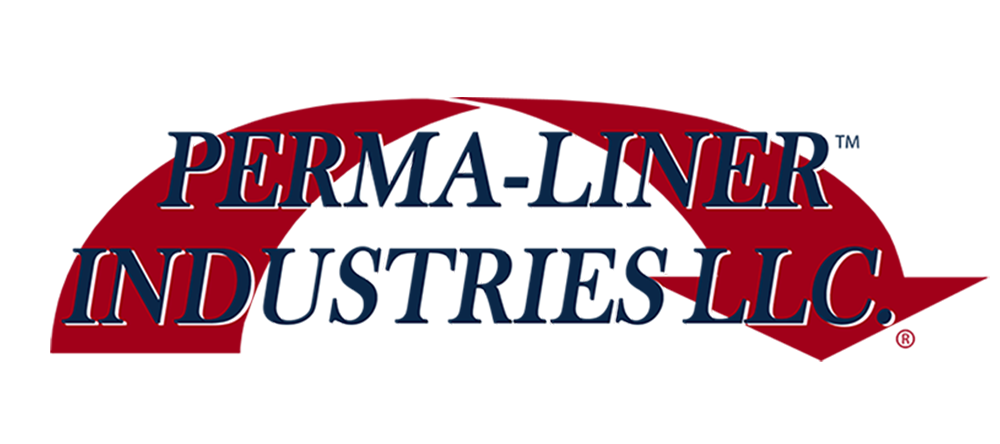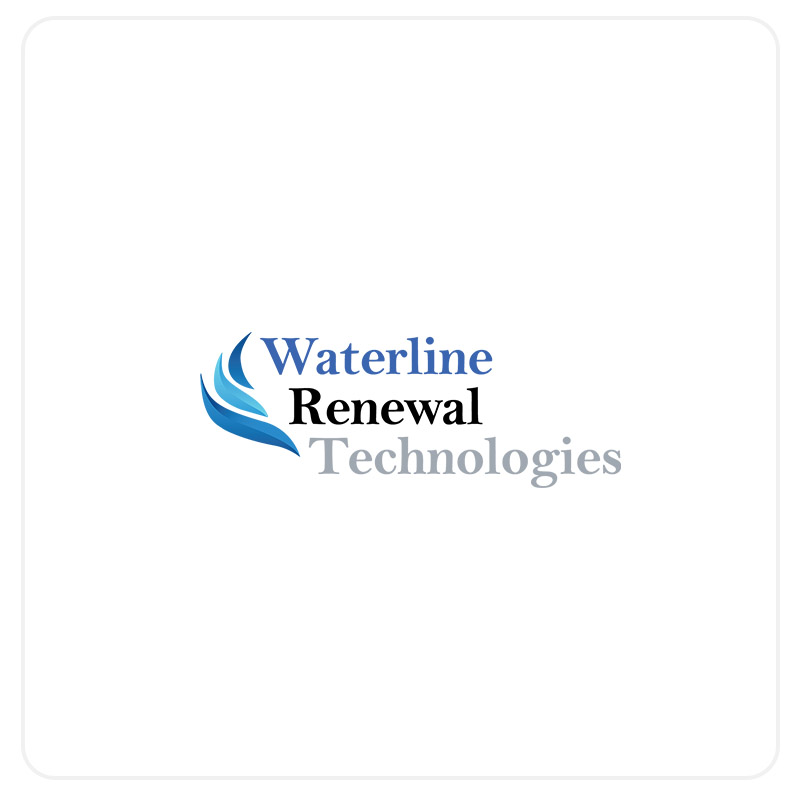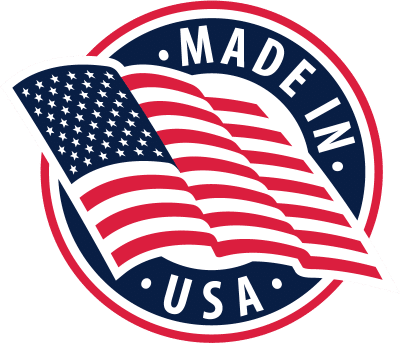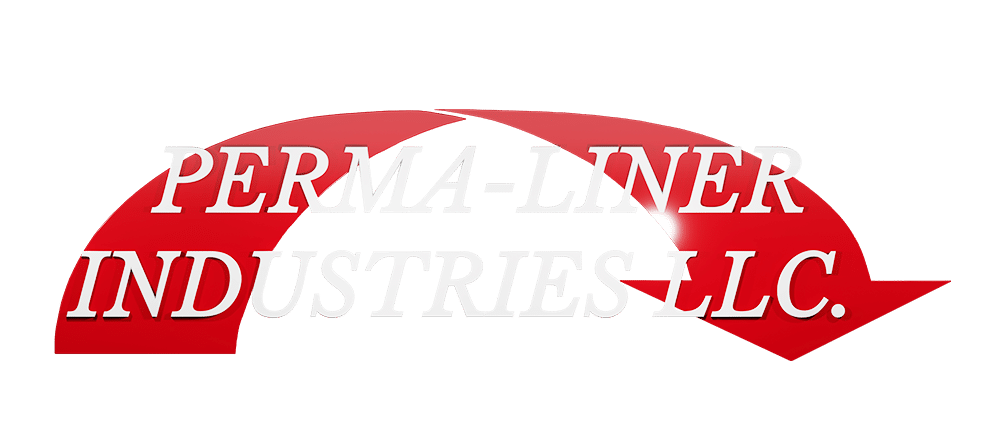FOG (AKA) fats, oils and grease can be a big problem in San Francisco, largely because of the many restaurants for which the city is known. The City has designed a comprehensive FOG-control program which main goal is to help reduce sewer blockages, save on emergency responses and cleanups, and keep costs down for ratepayers. All told, the city spends about $3.5 million per year on grease-related blockages, and that doesn’t include the cost to private businesses and homes. San Francisco has more than 2,600 restaurants packed into a relatively small geographic area bounded by water on three sides, and is home to more restaurants per capita than anywhere else in the country. A restaurant that doesn’t follow the best anti-FOG practices and that isn’t equipped with a well-maintained grease trap can send an enormous amount of FOG down the drain every day.
This can eventually cause heavy blockages and sewage to back up into streets, commercial buildings, and houses, causing health hazards and costly cleanups and repairs. The best way to avoid FOG problems is to keep the material out of the sewers. Several years ago, the city started a program to stop FOG at the main source: restaurants. The emphasis is on encouraging owners to collect and recycle as much FOG as possible. Restaurants are now required to dry-wipe pots and pans and monitor grease hauled away from their businesses. The FOG program also includes an ordinance requiring restaurants being built or remodeled to install an automatic grease-removal device. This implementation will do more than trap the brown grease for conversion to biodiesel. It will also separate and collect food waste, which the city plans to convert to biogas through anaerobic digestion. The biogas will be compressed and used as fuel for vehicles.


